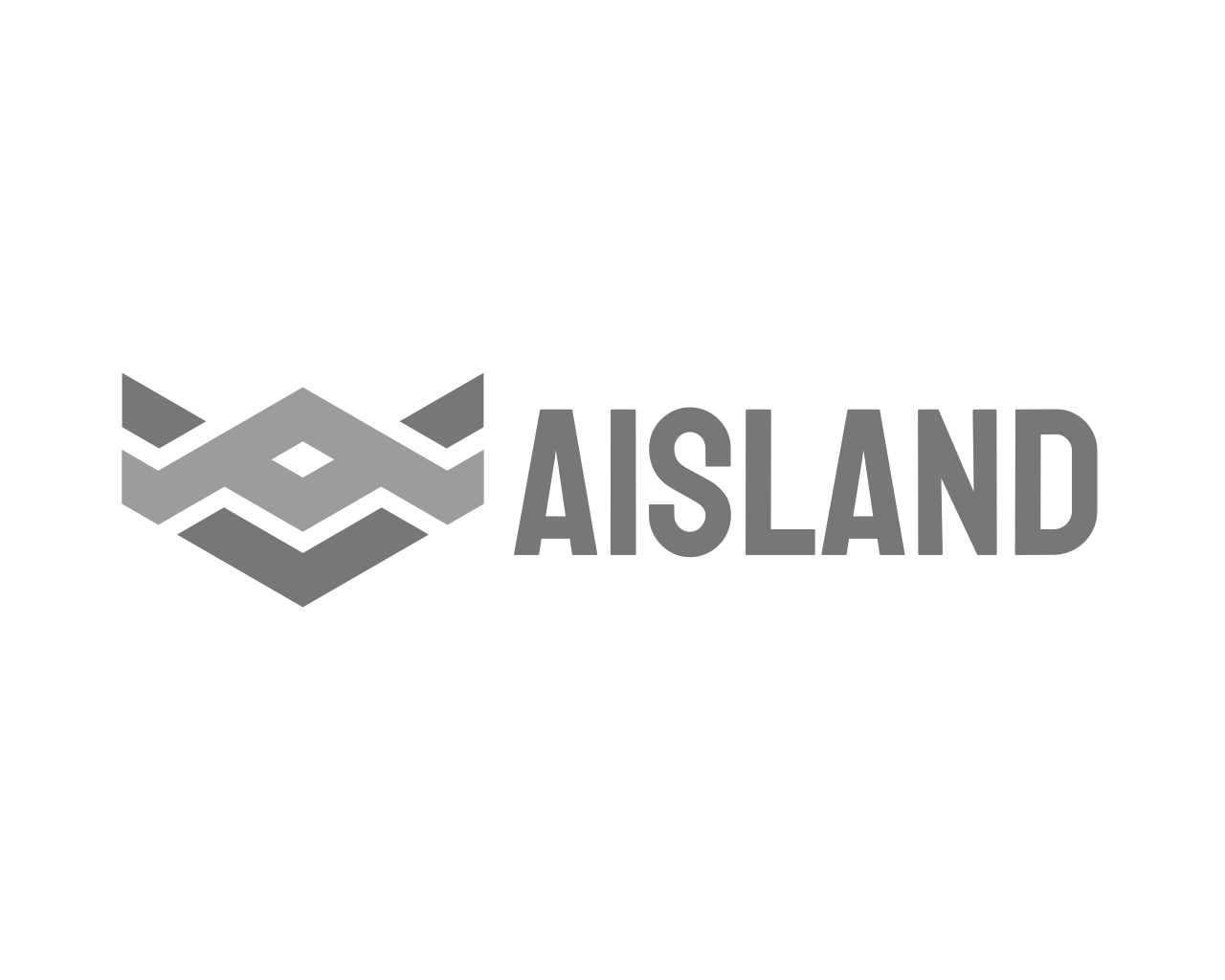The Aisland Account is the way to interact with the any application over the blockchain. In this document we describe how the account is built and used.
Address Format #
The account address format is named SS58. It is a simple address format designed for Substrate chains like Aisland is heavily based on Bitcoin’s Base-58-check format with a few alterations. A base-58 encode value is used to identify a specific account on Aisland. blockchain.
The basic format conforms to:
base58encode ( concat ( <address-type>, <address>, <checksum> ) )It is the concatenated byte series of address type, address and checksum then passed into a base-58 encoder. The base58encode function is exactly as defined n Bitcoin and IPFS, using the same alphabet.
Address Type #
The <address-type> is one or more bytes that describe the precise format of the following bytes.
Currently, there exist several valid values:
- 00000000b..=00111111b (0..=63 inclusive): Simple account/address/network identifier. The byte can be interpreted directly as such an identifier.
- 01000000b..=01111111b (64..=127 inclusive) Full address/address/network identifier. The low 6 bits of this byte should be treated as the upper 6 bits of a 14 bit identifier value, with the lower 8 bits defined by the following byte. This works for all identifiers up to 2**14 (16,383).
- 10000000b..=11111111b (128..=255 inclusive) Reserved for future address format extensions.
The latter (42) is a “wildcard” address that is meant to be equally valid on all Substrate networks that support fixed-length addresses.
Format Types #
There are 16 different address formats, identified by the length (in bytes) of the total payload (i.e. including the checksum).
- 3 bytes: 1 byte account index, 1 byte checksum
- 4 bytes: 2 byte account index, 1 byte checksum
- 5 bytes: 2 byte account index, 2 byte checksum
- 6 bytes: 4 byte account index, 1 byte checksum
- 7 bytes: 4 byte account index, 2 byte checksum
- 8 bytes: 4 byte account index, 3 byte checksum
- 9 bytes: 4 byte account index, 4 byte checksum
- 10 bytes: 8 byte account index, 1 byte checksum
- 11 bytes: 8 byte account index, 2 byte checksum
- 12 bytes: 8 byte account index, 3 byte checksum
- 13 bytes: 8 byte account index, 4 byte checksum
- 14 bytes: 8 byte account index, 5 byte checksum
- 15 bytes: 8 byte account index, 6 byte checksum
- 16 bytes: 8 byte account index, 7 byte checksum
- 17 bytes: 8 byte account index, 8 byte checksum
- 34 bytes: 32 byte account id, 2 byte checksum
Checksum Type #
Several potential checksum strategies exist , giving different length and longevity guarantees. There are two types of checksum preimage (known as SS58 and AccountID) and many different checksum lengths (1 to 8 bytes).
In all cases for Aisland, the Blake2-256 hash function is used. The variants simply select the preimage used as the input to the hash function and the number of bytes taken from its output.
The bytes used are always the left most bytes. The input to be used is the non-checksum portion of the SS58 byte series used as input to the base-58 function, i.e. concat( <address-type>, <address> ). A context prefix of 0x53533538505245, (the string SS58PRE) is prepended to the input to give the final hashing preimage.
The advantage of using more checksum bytes is simply that more bytes provide a greater degree of protection against input errors and index alteration at the cost of widening the textual address by an extra few characters. For the account ID form, this is insignificant and therefore no 1-byte alternative is provided. For the shorter account-index formats, the extra byte represents a far greater portion of the final address and so it is left for further up the stack (though not necessarily the user themself) to determine the best tradeoff for their purposes.
Other Info #
The table above express the status of the account/address/network identifiers (identifiers).
Identifiers up to value 64 may be expressed in a simple format address, in which the LSB byte of the identifier value is expressed as the first byte of the encoded address.
For identifiers of between 64 and 16,383, the full format address must be used.
The encoding of this is slightly fiddly since we encode as LE, yet the first two bits (which should encode 64s and 128s) are already used up with the necessary 01 prefix. We treat the first two bytes as a 16 bit sequence, and we disregard the first two bits of that (since they’re already fixed to be 01. With the remaining 14 bits, we encode our identifier value as little endian, with the assumption that the two missing higher order bits are zero. This effectively spreads the low-order byte across the boundary between the two bytes.
Thus the 14-bit identifier 0b00HHHHHH_MMLLLLLL is expressed in the two bytes as:
0b01LLLLLL0bHHHHHHMM
Identifiers of 16384 and beyond are not currently supported.





